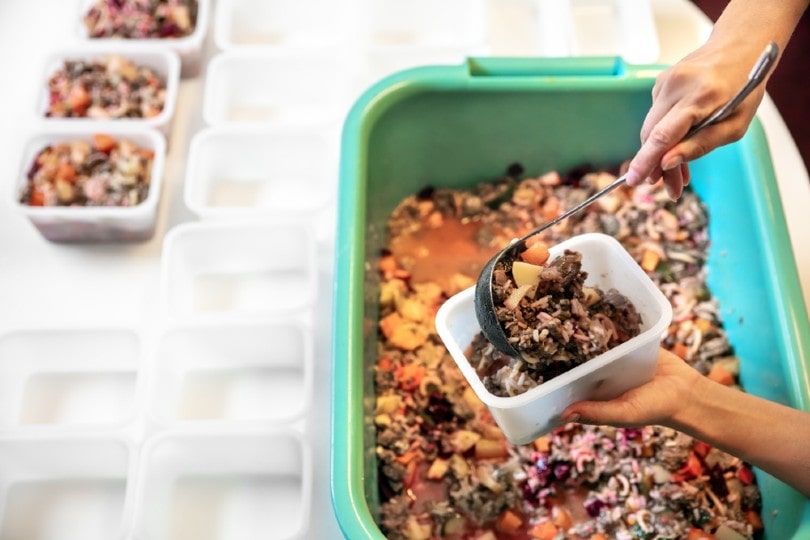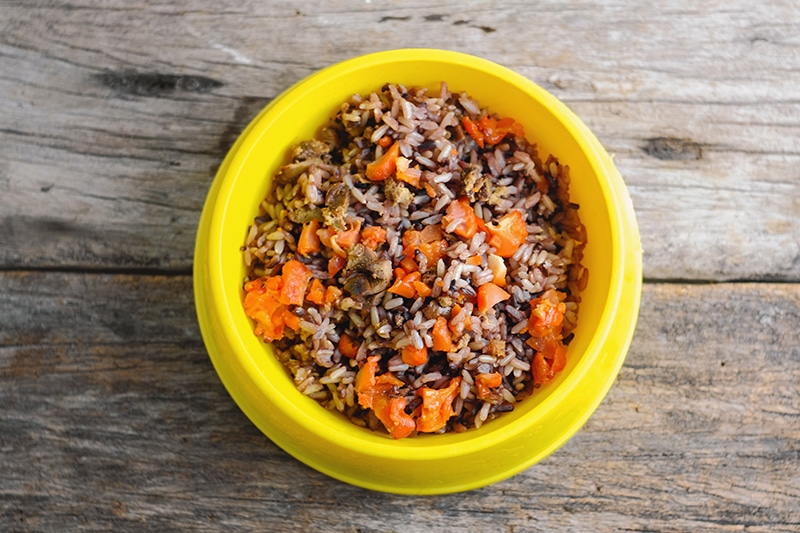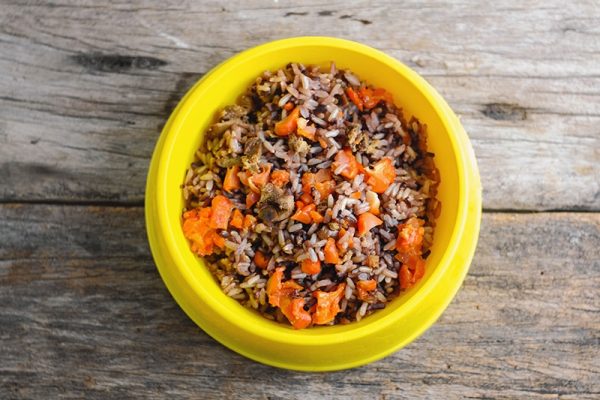Making homemade dog food can be a great option for your canine; after all, you can’t get much fresher than homemade. However, storing the food can be a bit more complicated, as it lacks the artificial preservatives found in commercial dog food. With all the extra work that goes into homemade dog food, you don’t want any going to waste.
How you store your homemade dog food will depend on the recipe and type of food. Some foods can be left out for some time, while others may not be able to be left out at all. Still, there are some basic steps for storing any homemade dog food:
The 6 Tips for How to Store Homemade Dog Food
1. Preparation
As is so often the case, preparation is the key to success. Before you start cooking, work out what ingredients you need, how much you want to make, and make sure you have the space to store it!
You may have a huge freezer, which makes storage easier. However, if you don’t, you may want to consider other options or make less. Food will last for several days in the fridge, and it is often easier to feed (you don’t have to thaw it). Therefore, many people store some in the fridge and some in the freezer, depending on how much room they have.
You also need to make sure you have enough freezer safe storage containers.
If you are planning to cook a large batch to store, start out with a small, trial amount. You don’t want to be stuck with a freezer full of food that your dog refuses to eat!
2. Let Food Cool Completely
No matter what kind of food you’re making or how you’re storing it, you should allow it to cool completely before storing it. Many storage containers may leach chemicals into the food if it is added in hot. Plus, hot food takes longer to freeze or cool down in the fridge.
Therefore, to ensure everything goes according to plan, allow the food to cool completely after you make it.

3. Refrigerate Dog Food
For refrigerating homemade dog food, divide it into individual portions and place them in sealed containers or resealable bags. You’ll want to eliminate as much air as you can, so be sure to squeeze out the bags before shutting them.
Write the date on each container or bag so that you can use the oldest food first. Then, store it in the coolest part of the refrigerator. Exactly how long they’ll keep will depend on the recipe, but, most will keep for at least 3 days.
4. Freezing Dog Food
You’ll want to freeze dog food you don’t plan on using for a few days. To freeze dog food, it’s the same procedure as Step 3, but it is vital to divide the food into individual portions. Once thawed, the food should not be re-frozen.
Again, the amount of time you can safely store the food will depend on the ingredients, but most meat-based recipes will keep for 3–6 months.

5. Thaw
You can either move frozen food into the fridge and then use it within a few days, or thaw it in the microwave. Don’t let the food thaw to room temperature, as this can cause bacterial growth. When thawing in the microwave, be careful not to let it get hot. Always stir before serving, and check the temperature first. If it’s hot on your finger, it’s too hot for your dog.
6. Feed it!

Once the food is thawed, you can feed it to your dog. Be sure to throw away any uneaten portions, do not refreeze them. Therefore, only feed your dog what you know they will eat.
Final Thoughts
Making homemade dog food is a bit of an adventure—you have to figure a lot of it out as you go, but many of the same basic principles of cooking for yourself apply when storing it. You can keep it in the fridge for several days if you’re going to use it before then. However, you can also freeze it to keep it for several months.
Which option you choose depends a lot on how much you want to make at once and how much freezer space you have. If you’re already tight on freezer space, putting homemade dog food in it probably isn’t an option.
But if you’ve got plenty of freezer space, why not have a go at some home-cooked food that you can store away to thaw as needed. Just make sure that you are feeding a nutritionally balanced diet.
Featured Image Credit: AUKARAWATCYBER, Shutterstock











